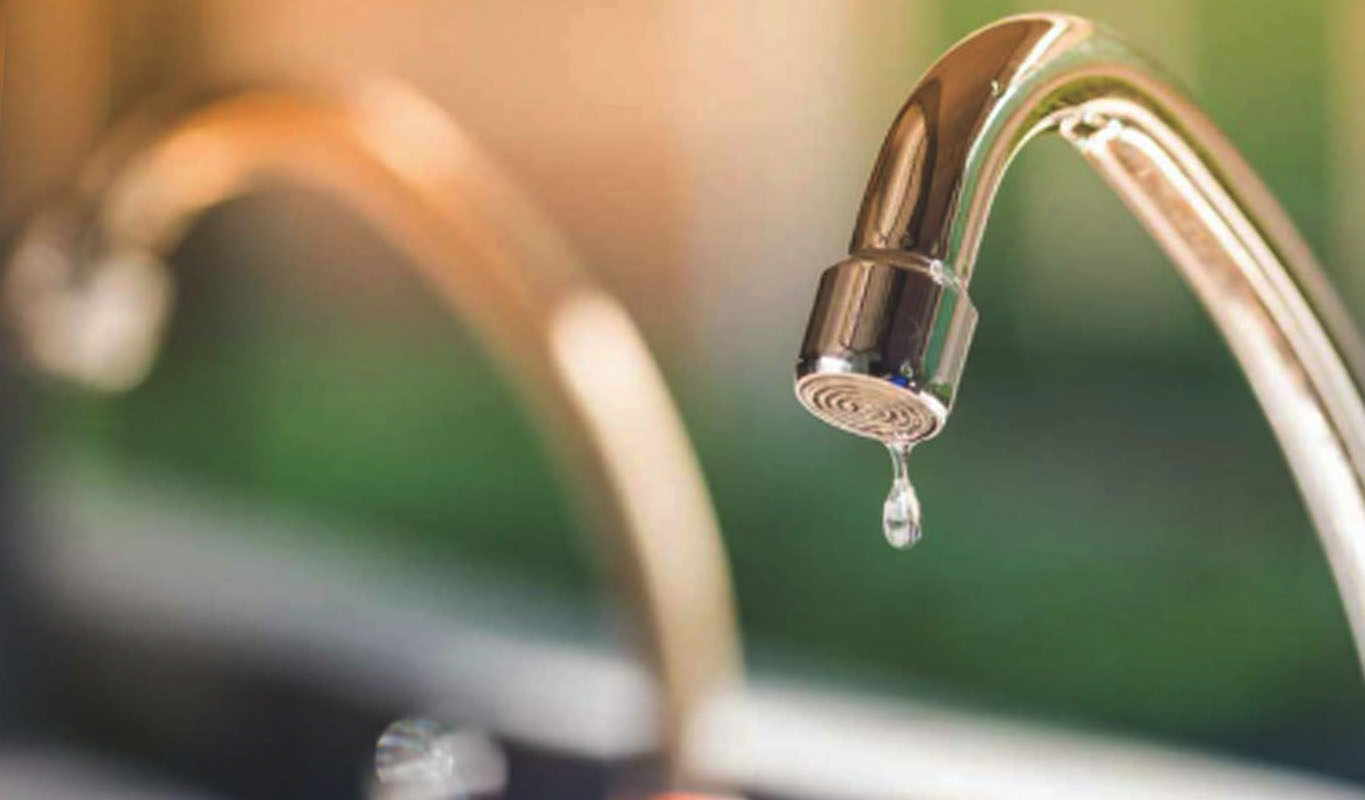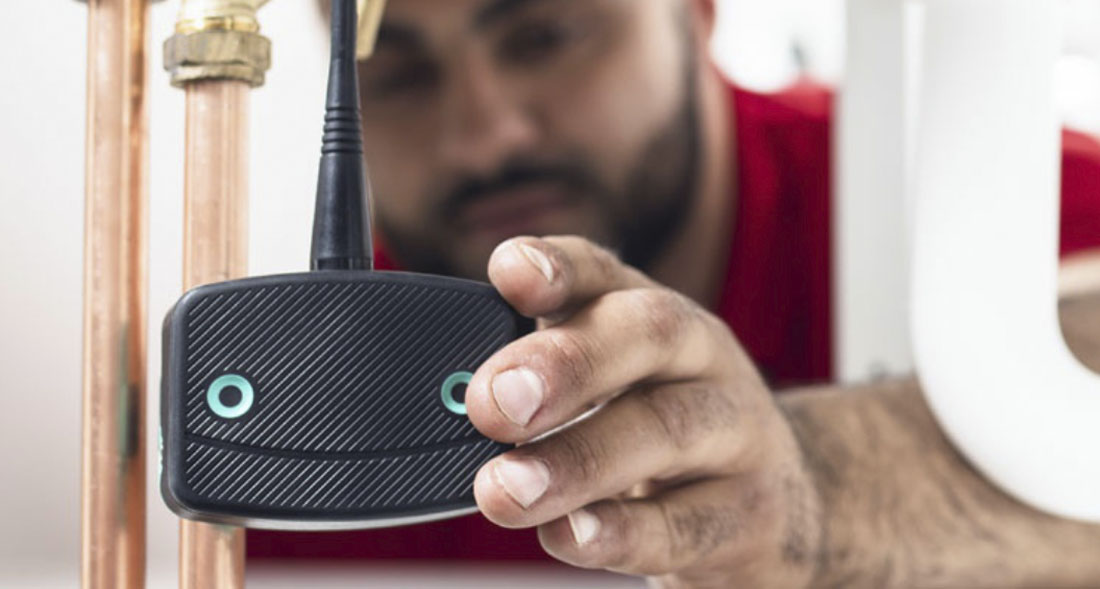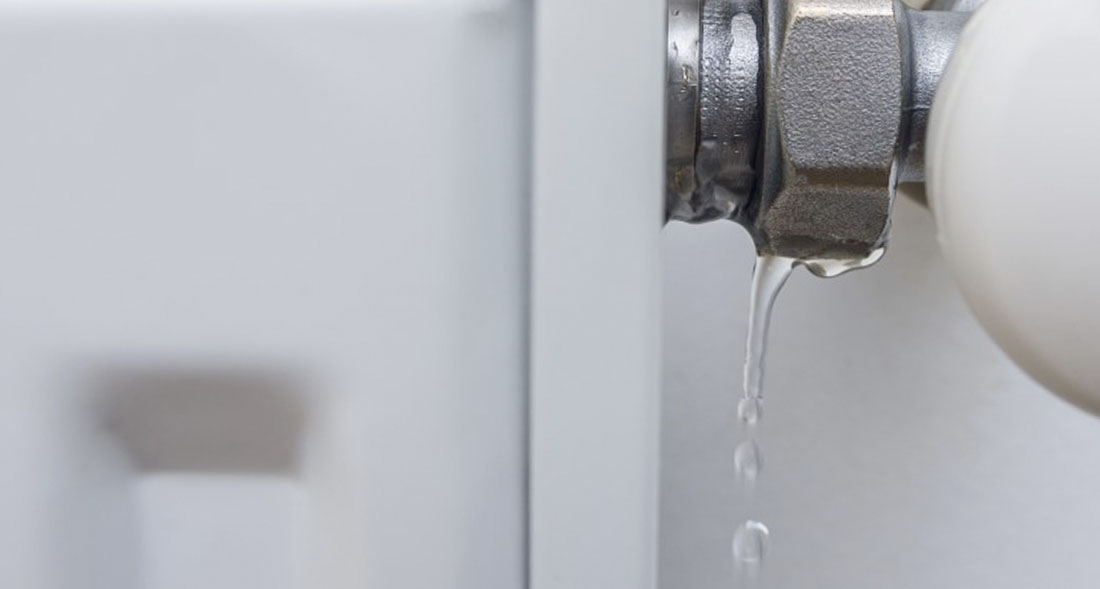
How do I know if my boiler needs Replacing?
- Oct 03, 2020
- 3
Before tackling any suspected water leak, you need to identify that you actually have one to fix. A high-tech option such as a LeakBot detector can work wonders monitoring your home and water usage. If there is a sudden change in habits or a fault, it will do a great job alerting you of a possible problem. In addition, a LeakBot can even arrange an expert plumber to fix the leak for you, so you have all your angles covered.

Without any specialist equipment, you can alternatively check your water usage via the following method. You can the take a meter reading and wait two hours ensuring not to use any water and then take another meter reading. If your usage has increased, this is a possible leak.
Are you suffering from the dreaded drip, drip, drip from a tap? This can be for a number of reasons including when someone doesn't turn the tap tight enough to shut off water usage. It can even leak if someone over-tightens the valve as it can lead to damage to the washer in the tap. If you have a leaking tap, then it is important to test the tap by opening and shutting it off to determine the true cause. Alternatively, switch off the water supply through an isolator valve or the stopcock. If you are a keen DIYer or feel comfortable to do so, open up the tap and inspect the washer. You may notice that it has a build-up of debris/limescale which you can easily clean away. The washer may have noticeable wear and tear, in which case, it is time for a replacement. Only replace the washer if you feel comfortable to do so. If not, give us a call and we will be happy to assist.

A leaking radiator can cause significant damage to your floor, ceiling and even wiring, so it is vital to fix it right away. A water leak in the radiator could be from a number of different causes such as a leaking valve or valve spindle. Alternatively, it may be leaking because of corrosion or pipe coupling. Most of the fixes for a leaking radiator will require draining the system and refilling it. Furthermore, the components of a radiator are relatively fiddly and can be difficult to master. For a leak in the radiator, determine where you think the leak is coming from, then turn off your water supply and then it is usually best to call a plumber to resolve the issue for you.

If you spot a leak from a plastic/PVC water pipe joint, then the good news is that you may be able to fix the issue yourself. Remember, water can travel a long way before it drips as a leak, so you need to make sure you know exactly which joint the leak is coming from.
Start by drying the area thoroughly and working out exactly where the water is coming from and whether it is the pipe or water pipe joint that is leaking. Once you know the source of the leak, turn off the water for the affected area, or turn off the water at the mains supply if that is easiest.
Then get to work in fixing a leak. If you feel competent, remove and replace the affected section of the pipe. However, this may require cutting tools and equipment you may not have. Alternatively, you can make an easy temporary fix using rubber or silicone repair tape which is quick and easy to use. Repair epoxy can be even easier to use around plastic water pipe joint leaks, and it can mould to fit the shape of the joint.